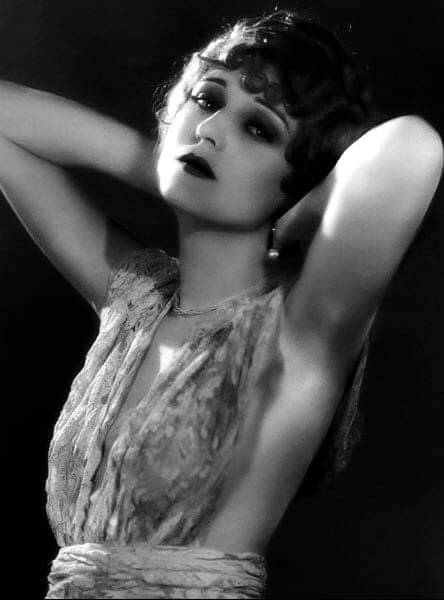#Jacqueline Gadsden
Text
10 agosto … ricordiamo …
10 agosto … ricordiamo …
#semprevivineiricordi #nomidaricordare #personaggiimportanti #perfettamentechic
2022: Vesa-Matti Loiri, cantante e attore finlandese. Come attore è conosciuto per aver interpretato il personaggio di Uuno Turhapuro in una serie di film dal 1973 al 2004. Ha debuttato recitando nel film Pojat nel 1962. La carriera di attore è durata circa 60 anni. Ha recitato sia in teatro, film e televisione. Ha avuto più di 70 ruoli cinematografici. Come musicista, ha rappresentato la…
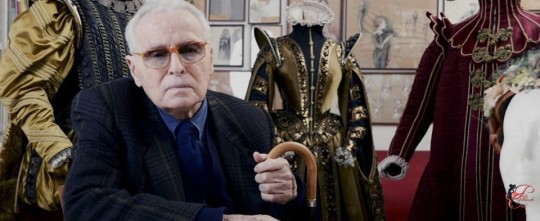
View On WordPress
#10 Agosto#10 agosto morti#Barbarella Catton#Dick Foran#Dick Foran the Singing Cowboy#Dilys Watling#Doug Kennedy#Douglas Kennedy#Douglas R. Kennedy#Douglas Richards Kennedy#Giorgio Lopez#Haji#Irene Sharaff#Isabella Riva#Isabella Riva Trufarelli#Jacqueline Gadsden#Jane Daly#Joan Marsh#John Nicholas Foran#Keith Douglas#Nancy Ann Rosher#Nick Foran#Paula Osterman#Piero Tosi#Raquel Torres#Ricordiamo#Silvana Bosi#Vesa-Matti Loiri
0 notes
Text

Jacqueline Gadsden, photographed by Clarence Sinclair Bull, c.1920s.
76 notes
·
View notes
Text

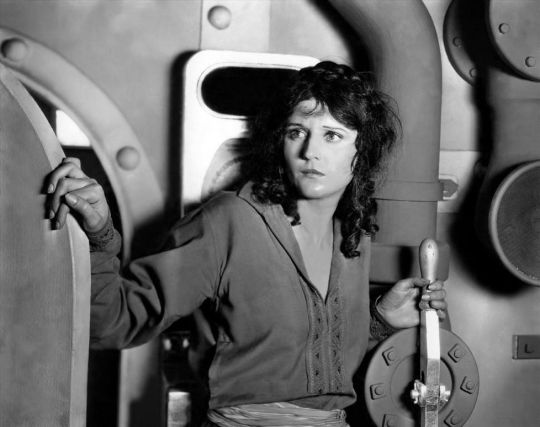
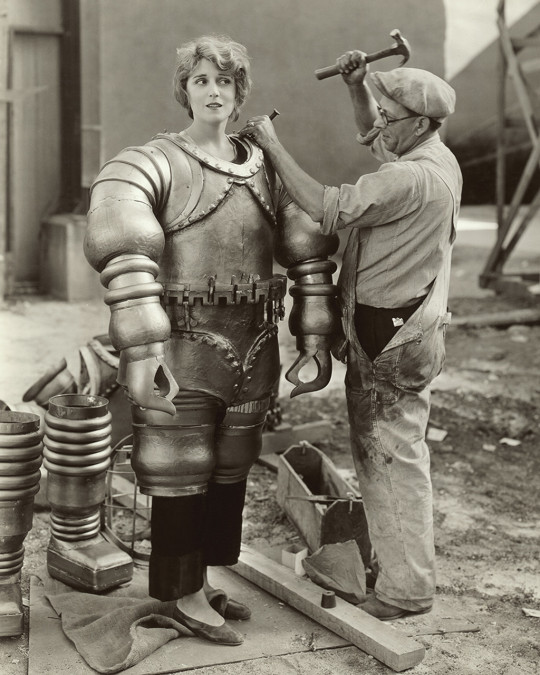
Jacqueline Gadsden — (03/08/1900 — 10/08/1986 )
Local de Nascimento: Lompoc, Califórnia (EUA)
Atriz
Filmes:
Ilha Misteriosa (The Mysterious Island/1929)
0 notas
1 note
·
View note
Text

Jacqueline Gadsden ❤
#silent film#silent era#silent actress#Jacqueline Gadsden#silent cinema#1920s cinema#silent film actresses#vintage beauty
10 notes
·
View notes
Photo
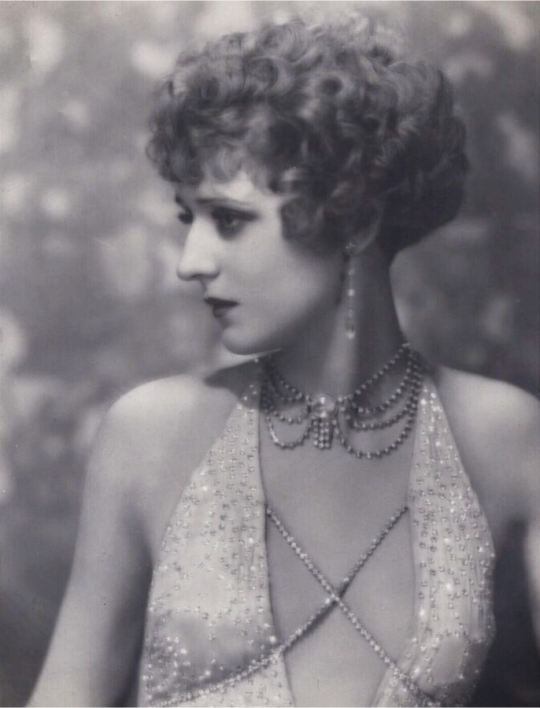
Silent Film Actress Jacqueline Gadsden Photographed by Clarence Sinclair Bull, 1920s.
#jacqueline gadsden#silent film actress#vintage photography#clarence sinclair bull#old hollywood#vintage publicity photograph#1920s#american actress#silent film stars
141 notes
·
View notes
Photo
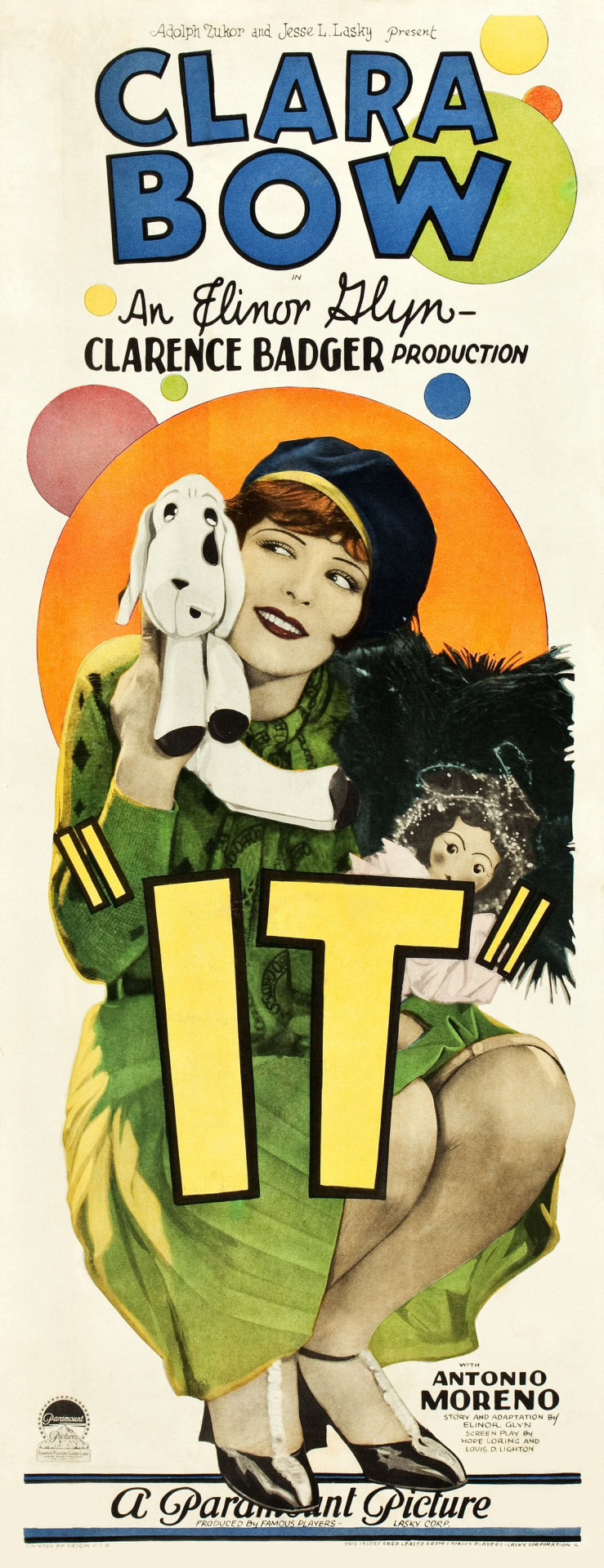
It (1927) Clarence G. Badger
October 5th 2019
#it#1927#clarence g. badger#clara bow#antonio moreno#william austin#priscilla bonner#jacqueline gadsden
13 notes
·
View notes
Photo

Jacqueline Gadsden - West of Zanzibar (1928)
10 notes
·
View notes
Photo
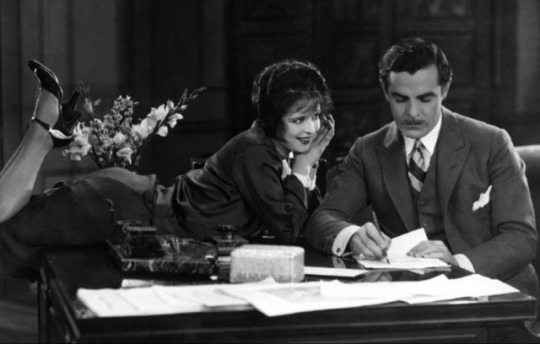
It (1927)
Sexuality in classic Hollywood movies tends to be misunderstood. The steamiest films are the ones that tend not to sell themselves on then-saucy themes – think early romantic comedies by Ernst Lubitsch and films like Gun Crazy (1950). The ones that generate the most noise regarding their depiction of sexuality or sex appeal are usually quite tame. Such was the case for 1953′s The Moon Is Blue (for its use of words like “virgin”, the film was banned from Boston, Memphis, Maryland, and Kansas), as is the case for the subject of this review – Clarence G. Badger’s It. As a vehicle that made Clara Bow the “it girl” of 1927, It is a film designed to strike terror into coulrophobic audiences with its relentless pace and outstanding child acting. You’ll never see Albert Lamorisse’s The Red Balloon (1956, France) the same way ever again! Oh wait, that’s some other movie!
Badger’s It, starring Clara Bow, is based on Elinor Glyn’s 1927 serialized story from Cosmopolitan magazine (Cosmo was a literary-political magazine before the 1960s, similar to The Atlantic) and is adapted by married screenwriters Hope Loring (1927′s Wings) and Louis D. Lighton (Wings, producer on 1937′s Captains Courageous). Glyn, an author of female erotic fiction and who campaigned against the idea of sexuality as a taboo conversational subject, introduced the concept of “it” in this film – which Paramount paid $50,000 for (almost $725,000 in 2018′s USD; it’s one thing to buy the rights to a short story, it’s a stranger thing altogether to purchase the rights to a concept). What is “it”? Well, it depends on when you asked Ms. Glyn. Glyn did not keep her definition consistent in her writing, interviews, or in this film adaptation. But, broadly speaking, “it” can be sex appeal, or this definition as written in Cosmopolitan:
That quality possessed by some which draws all others with its magnetic force. With 'It' you win all men if you are a woman and all women if you are a man. 'It' can be a quality of the mind as well as a physical attraction.
Or perhaps this one of four different explanations from the film’s intertitles (Glyn makes a cameo appearance when she states the following):
Self-confidence and indifference as to whether you are pleasing or not – and something in you that gives the impression that you are not all cold. That's "IT"!
Whatever the hell “it” was – and I’m guessing you, the reader, are fatigued by discussion of “it” by this point (in modern, meme-y parlance, perhaps “BDE” will be more understandable for younger readers) – Clara Bow has it in excess for this film. She meets all the discussed criteria for Glyn’s concept, except for an important aspect. I am not certain that Bow’s character, Betty Lou Spence, has the “quality of mind” requisite for “it”. Given the film’s seventy-two-minute runtime and a silly adapted screenplay by Glyn herself, her character is never given the development necessary for the audience to believe that this is not just another cute Hollywood romantic comedy with a whirlwind romance that we forget about the next day. And that is exactly what It provides: a lackadaisical plot, cardboard characters, and Glyn’s wildly embellished and wooden writing style.
Betty Lou Spence (Bow) works in a department store in New York City, and she instantly crushes on the new manager, Cyrus Waltham, Jr. (Antonio Moreno; what a pretentious name that is for a character). But Cyrus is in romantic cahoots with socialite Adela Van Norman (Jacqueline Gadsden) and he and Betty are separate by several rungs of socioeconomic class. Meanwhile, Cyrus’ friend Monty (William Austin) is interested in Betty and shenanigans resembling screwball comedy start from there. Also important to It is Betty’s roommate, Molly (Priscilla Bonner), who is unemployed, ill, and is attempting to take care of her newborn. Both women are struggling financially, but this is deemphasized after a certain point. The film’s conclusion arrives quickly in an open-sea incident that was executed with less humor but more effectively in a film like Overboard (1987).
Going into It, what I feared was that Badger and Glyn might depict Bow’s character as a gold-digger willing to throw herself onto any fellow she might be interested in. An unwanted advance from Cyrus after an otherwise wonderful date at Coney Island elicits this from Betty: “So you're one of those Minute Men – the minute you meet a girl you think you can kiss her!” She pushes, wrestles him off, and learns that Cyrus is “crazy” about her. Though too many films of classic Hollywood, the Hollywood of today, and popular culture in general glamorize individuals being “crazy” about someone else and showering that someone else with fancy gifts and experiences, Betty knows that what Cyrus is offering is something to avoid. As starved for character development as It is, it is Betty’s independence and need for mutual respectability that quells some of the film’s contradictory messaging. This is a lady who wants glamour and life’s niceties, yes, but disposing her values and getting there on the fawning patronage of a man is not an option.
Does Betty have much of a life outside of preparing for and playing romantic games, however? Can she comprehend that enduring love needs no games or flightiness? We do not see much of this, as It ratchets its charms to maximum. Fitting too easily into the trope of the hardworking, cash-strapped Woman of Morals, Betty shows no signs of ignobility. Physical and situational gags – especially in the film’s final scenes – are present. One of the funniest moments is when Betty is in a French restaurant, the menu is entirely in French, and asks for the “same” as her date. It adds to her character with subtlety and believability. Yet there are narrative distractions, too, mostly surrounding the subplot around Molly’s baby. Cognizant that this subplot results in one of the film’s final laughs, it still feels too forced and hackneyed to add to whatever the film is trying to express (that those who have “it” are never afraid to be themselves?... if so, Betty’s idea to masquerade herself as an upper-class debutante has little to do with having “it”).
No matter one’s reservations with It, Clara Bow’s performance is star-making material in any decade. The personification of a fun-loving woman from the Jazz Age, Bow is spirited in this production where she received little interference from Badger or heavy-hitting producers Adolph Zukor, Jesse L. Lasky, and B.P. Schulberg. One drawback to Bow’s outstanding charisma is the film’s and Bow’s self-awareness of the concept of “it”. Perhaps Elinor Glyn might disagree with me, but someone who has “it” must traverse the boundary between using and abusing “it” (okay, enough of this damn discussion). At times, it feels like her character is embodying the latter – detracting from a tremendous, fun as hell performance.
Following It, Clara Bow became Paramount’s most important contracted star. Too many of the films made at her peak are now lost films, and Bow – despite having a Brooklyn accent that neither executives nor audiences objected to – did not make the transition to talkies. Bow’s preferred acting style, heavy on physical gestures, made the actress dislike synchronized sound productions. She remained popular at the box office, but she retired from acting following a two-film contract with Fox that expired in 1933.
Today, It should be viewed as Clara Bow’s true introduction to movie audiences when it came out – popularizing a concept that, for whatever purposes helpful or harmful it serves, any cultural consumer is at least superficially aware of. For those cultural contributions, It was inducted into the Library of Congress’ National Film Registry in 2001, alongside fellow class members Jaws (1975), Planet of the Apes (1968), and The Sound of Music (1965). As a predecessor to the screwball comedies of the 1930s, It should probably be seen after having viewed some of those aforementioned comedies. Very little separates It aesthetically from other late 1920s silent films, as this film can best be appreciated for what it is: a marker of where American society was at a given time and a decent character piece.
My rating: 7/10
^ Based on my personal imdb rating. My interpretation of that ratings system can be found here.
#It#Clarence G. Badger#Clara Bow#Antonio Moreno#silent film#William Austin#Priscilla Bonner#Jacqueline Gadsden#Elinor Glyn#Josef von Sternberg#Adolph Zukor#Jesse L. Lasky#B.P. Schulberg#TCM#My Movie Odyssey
4 notes
·
View notes
Photo

2 notes
·
View notes
Text
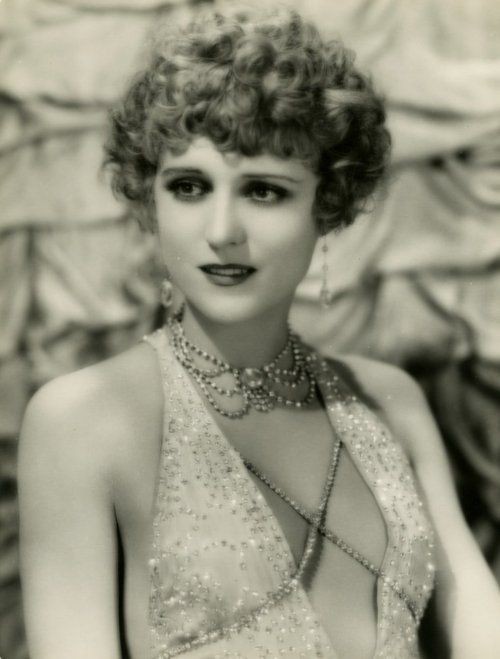
Jacqueline Gadsden
#1920s music#1920s week#1920s fashion#1920s#1920s style#1920s aesthetic#1920svintage#1920s makeup#1920shair#roaring 20s#20's fashion#20's
63 notes
·
View notes
Text
10 agosto … ricordiamo …
10 agosto … ricordiamo …
#semprevivineiricordi #nomidaricordare #personaggiimportanti #perfettamentechic
2021: Dilys Watling, attrice e cantante inglese, figlia dell’attore Ion Rhys Jones e Patricia Hicks. Ion Rhys Jones fu ucciso in azione durante la seconda guerra mondiale e sua madre in seguito sposò l’attore Jack Watling. Ha recitato in diversi musical a Londra e New York. Watling era stata sposata due volte: il suo primo marito era l’australiano Bruce Anderson, da cui aveva divorziato. Dopo…
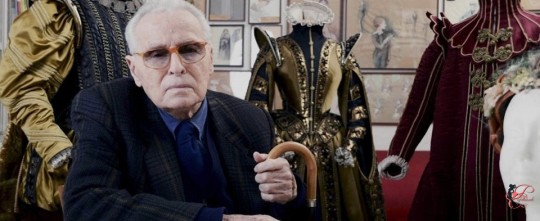
View On WordPress
#10 Agosto#10 agosto morti#Barbarella Catton#Dick Foran#Dick Foran the Singing Cowboy#Dilys Watling#Doug Kennedy#Douglas Kennedy#Douglas R. Kennedy#Douglas Richards Kennedy#Giorgio Lopez#Haji#Irene Sharaff#Isabella Riva#Isabella Riva Trufarelli#Jacqueline Gadsden#Jane Daly#Joan Marsh#John Nicholas Foran#Keith Douglas#Nancy Ann Rosher#Nick Foran#Paula Osterman#Piero Tosi#Raquel Torres#Ricordiamo#Silvana Bosi
0 notes
Photo

tu ressembles une rêverie en rose
Despite not being used to all of this attention, the young Miss Arelette Gâtecœur felt glamourous as she poses for the cameras, like an up-and-coming starlet during the Golden Age of Hollywood. It’s blatantly clear the mutant had done her research into looking period-appropriate ; the last thing she wanted, after all, is to look like a fool while being interviewed by a fashion historian that’s bound to be among the media.
Arrie’s dress is one custom-made by the genius seamstresses over at Silhouettes and Profiles, heavily inspired by Jacqueline Gadsden's dress when she was photographed by C.S. Bull in the 20′s. It’s a daringly revealing pastel pink sequin dress, with a mostly open back, along with the addition of the infamous fringes - starting at her hips - that had ruled dance halls across the world during the 20′s. She even wears a replica necklace ; a gift from her youngest brother, with additional properties she won’t dare to reveal with anything more than a wink.
Additionally, Arelette’s hair is inspired by Anita Page’s appearance in 1928′s Our Dancing Daughters. The rest of her look however is much more modern. A variety of gold bangles adorned Arelette’s wrists. The black and rose gold satin heels, along with the matching clutch, are easily recognizable products from Ralph & Russo. The smoky pink eyeshadow, matching matte pink lipstick, and long mascara’d lashes are all staples of modern makeup. No nail polish though ; chipped polish is something of an irritant to the young mutant anyways.
The cigarette holder surprisingly comes up in a topic of conversation. Arelette has to laugh at the idea of her smoking a real cigarette. No, she assures her interviewer, the cigarette is a mere prop. Besides, she’s sure her host wouldn’t appreciate her dedication to being historically accurate otherwise.
With a shared laugh among the crowd, young Miss Arelette Gâtecœur gives the cameras a final wave before making her way inside. This was a party, after all, and she planned to spend it enjoying the company of old and new friends.
{ @nightmareonbleeckerstreet }
1 note
·
View note
Text
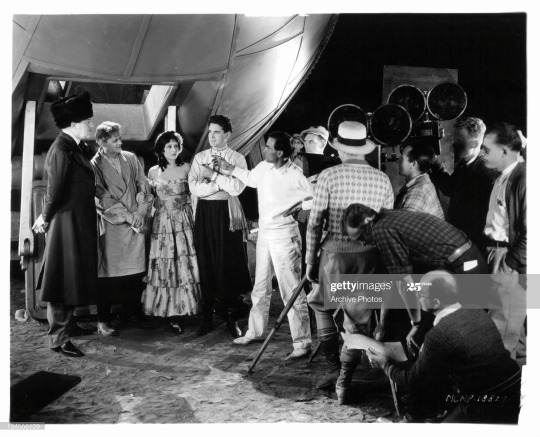
Lucien Hubbard directing Lloyd Hughes, Jacqueline Gadsden, and Lionel Barrymore in THE MYSTERIOUS ISLAND (1929)
1 note
·
View note
Text

Jacqueline Gadsden ❤
10 notes
·
View notes
Photo
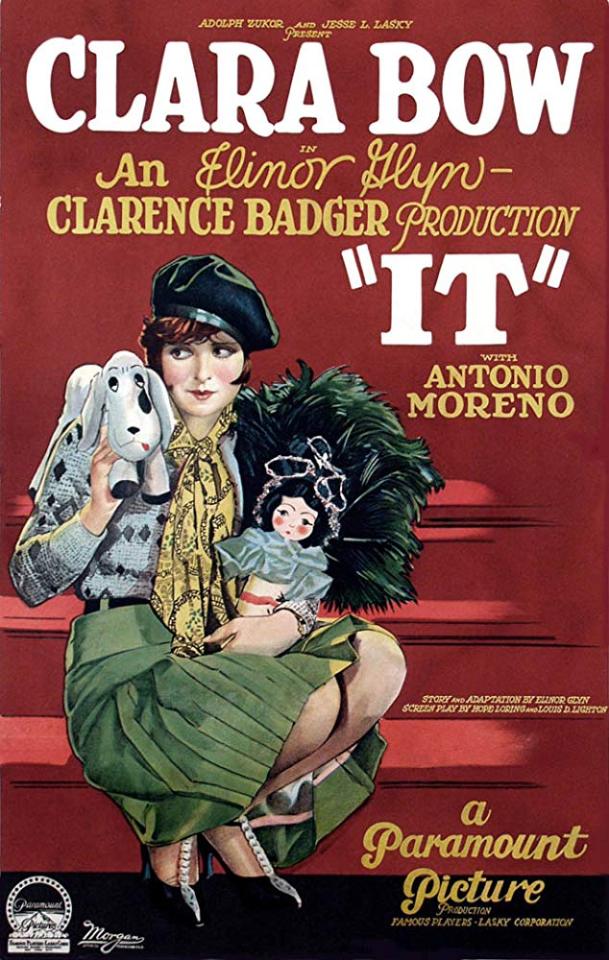

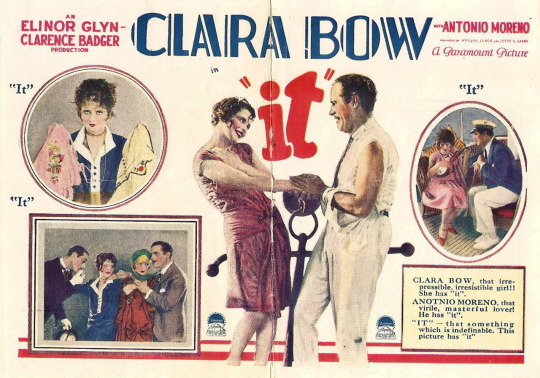
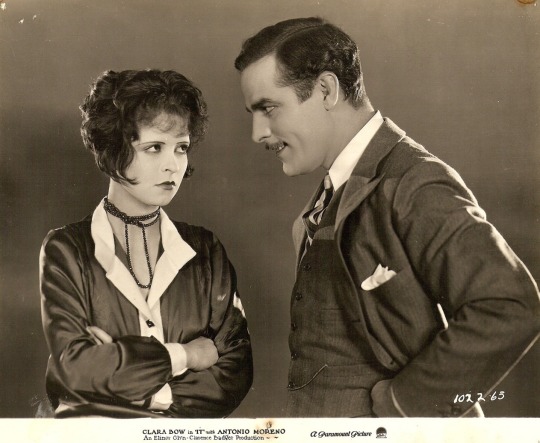

It (1927) Clarence G. Badger
January 11th 2020
#it#1927#clarence g. badger#clara bow#antonio moreno#william austin#priscilla bonner#jacqueline gadsden#josef von sternberg#gary cooper
0 notes
